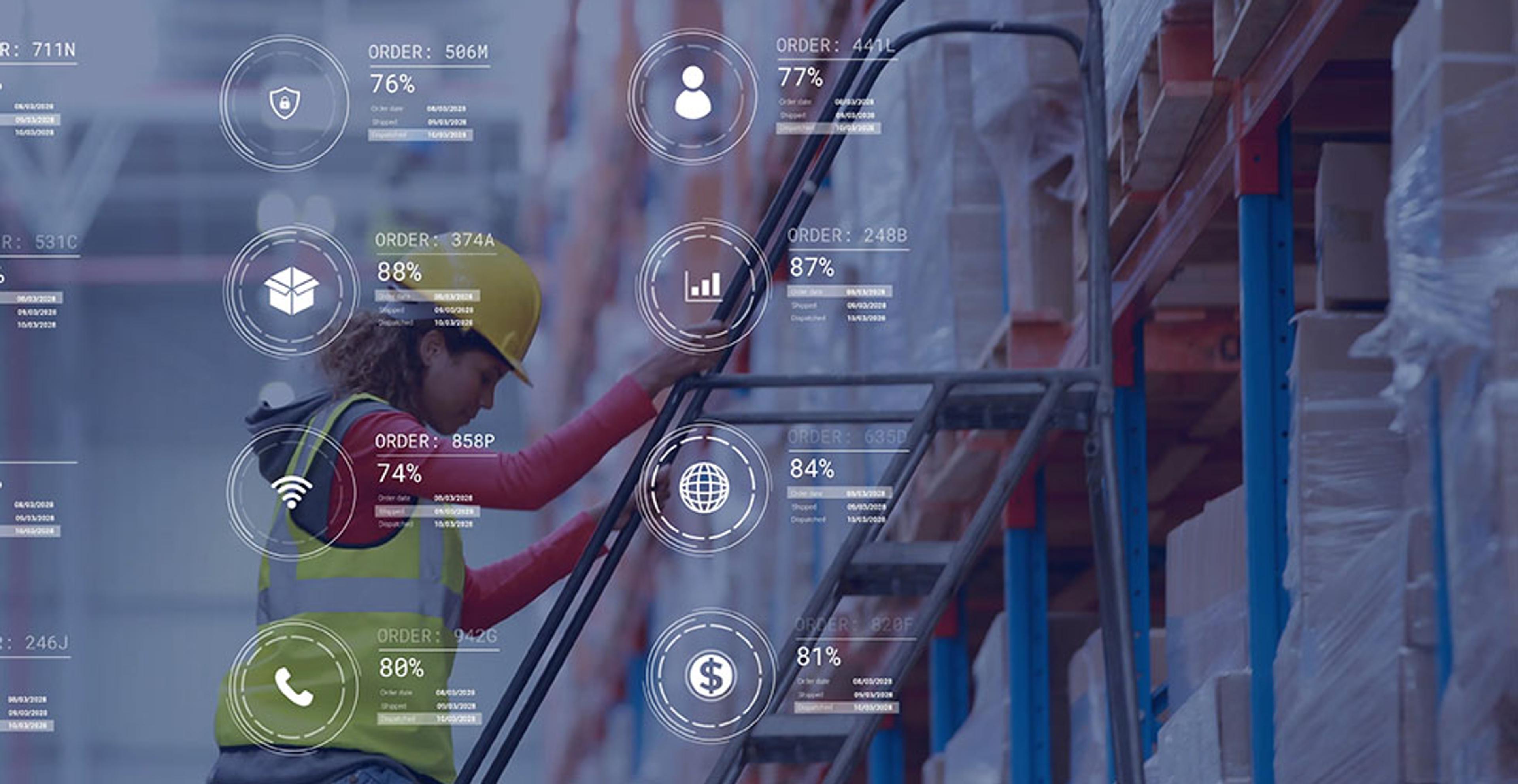
Which strategies are best to reduce ecommerce costs for your growing business?
Ecommerce has exploded with immense growth and, according to data from IBM, that growth was accelerated by the pandemic by approximately five years. Even with inflation, ecommerce sales grew 50% over the course of the pandemic, reaching nearly $870 billion in the United States and $4.9 trillion worldwide. That figure is expected to increase by 50% over the next four years, reaching $7.4 trillion by 2025.
These numbers might be hard to wrap our heads around, being both exciting and daunting at the same time. However, strategies to reduce ecommerce costs for your business should not be ignored. Supply chains have become painfully stretched due to current industry tailwinds and this has led to high logistics costs every step of the way.
Shipping cost has risen across all forms of freights; according to one report, the shipping rate of a 40-foot container to go between Shanghai and Los Angeles increased by 75% as of December 2021 when compared to 2020. Warehouse rents have seen spikes as the demand for capacity has exponentially increased and more landlords raise their prices. Ports are experiencing congestion worldwide due to continued health and safety concerns and lockdowns, equipment and trucker shortages, and pending labor negotiations.
Reorganizing fulfillment operations is now more important than ever to save on overhead costs and keep your customers loyal and content, while also boosting profitability. Below are five strategies to help grow your ecommerce business and reduce operational costs.
Audit & eliminate
When was the last time you conducted a detailed review of your operations? By identifying every logistics service you’re receiving and what it costs your business, you can better understand every surcharge or add-on fee you’re paying. Gaining this kind of visibility will help improve invoice accuracy and pinpoint potential cost-cutting opportunities.
Periodic audits ensure that costs remain low, and you can seize better opportunities as they become immediately available. Likewise, analyze the frequency of avoidable fees within your delivery network and recognize what could be eliminated. Some of the fees might involve additional handling, address corrections, extended storage, and similar expenditures.
There might be some cost-saving opportunities by purchasing bulk packaging through service providers that are right under your nose. Sharing a sales forecast with your carrier gives them an idea of advance peak periods and the potential to avoid late fees or expedited charges. Data shows that businesses that audit logistics processes can access 10 – 20% in cost savings.
Consolidate shipping loads
Not every product that your company offers will perform the same and will likely have different shipping needs. Do you find yourself sending more LCL shipments? Rather than waste empty space when shipping loads, there are a few methods you can utilize.
Try to organize orders to capture customers from geographical location so that you are sending product in a single shipment, reducing the number of trips along with expense. Optimize shipping loads with your most profitable products by evaluating your SKUs to see which products perform best and prioritize those shipments.
The most obvious benefit to this method is lowering freight costs, but this will also allow you to move away from poorly performing inventory or non-vital supplies. You will see soon see a significant increase in sales volume and throughput by prioritizing your most profitable goods. By increasing the volume, you decrease the cost per unit.
Automate & digitize
We are living in the age of technology and if you aren’t utilizing the latest digital tools to leverage your ecommerce growth, you are missing out on a huge opportunity. Digital solutions take the guesswork out of logistics, allowing you to identify optimal routes, rates, and other shipping arrangements. Those audits we were talking about earlier on the page? Logistics management systems can automatically audit your entire operation while at the same time plugging into your other enterprise resource management (ERP).
Smart warehousing is revolutionizing the industry by providing the necessary technologies and infrastructure that work together to increase the productivity and efficiency of ops. Proper planning deployment can lower logistics costs up to 40% while also increasing picking accuracy to 99.9%. About 30% of all warehousing facilities suffer from a minimum of 1% mis-pick rates and they can quickly add up to affect your bottom line.
A smart warehouse will maintain inventory accuracy, allowing for real-time, accurate reporting accessible from a remote location. By reducing the demand for human labor in the warehouse, workers can focus on tasks that require more cognitive work and complex reasoning. More cutting-edge WMS systems like Flexpick use automation to expedite the order flow with more efficient picking. Some examples include:
- Zone picking: Order pickers are assigned to a physical location where they pick all the SKUs
- Batch picking: One worker picks a group or batch of orders at the same time
- Cluster picking: Orders are picked into multiple order containers at one time
- Wave picking: One person picks one order or SKU at a time
These functions can seamlessly optimize your existing labor force and have been proven to increase productivity by 400% over manual picking models.
The shipping experience
As ecommerce has boomed and the internet is saturated with brands for customers to buy from, hyper-personalized shipping is one way for your company to stand out. Retail Dive polled consumers and 87% of them would be more likely to shop with a merchant if they could personalize their shipping experience. Up to 67% of them would even pay extra for the benefit.
Let your customers pick the arrival date, have control over delivery tracking, make their order eco-conscious, or customize with shipping insurance. This statistic may come as a surprise: 80% of consumers report that they would prefer shipping personalization options over two-day or free shipping. Consumers are now re-thinking the perks of fast or free delivery and looking for more control over their orders and reorienting shipping experiences helps foster a loyal customer community.
Refine reverse logistics
The global reverse logistics market reached a value of $563.2 billion in 2021 and is forecasted to reach $812.6 billion by 2027. The term no longer refers to just returns, but also encompasses recycling, repair, reclamation of raw materials, refurbishment, and reselling. In online retailing, 30%+ of all products ordered are returned, compared to 8.89% bought in physical stores.
Reverse logistics is now an integral part of the circular economy, the formation of a sustainable supply chain of ecommerce that represents a firm’s commitment to corporate social responsibilities (CSR). Because of the high number of returns from online shopping, we can see that the returns process is very important for a satisfying customer experience in congruence with reducing waste.
Globalization has led to distribution chains that reach around the world – literally. Being able to keep fulfillment costs down and scale your business up will help you to stay competitive in this huge market. There are many 3PL and carrier options out there, but not all are going to be the right fit for your ecommerce needs. Choosing the right one can help you avoid creating a fragile value chain that could lead to the loss of valuable customers and resources.



